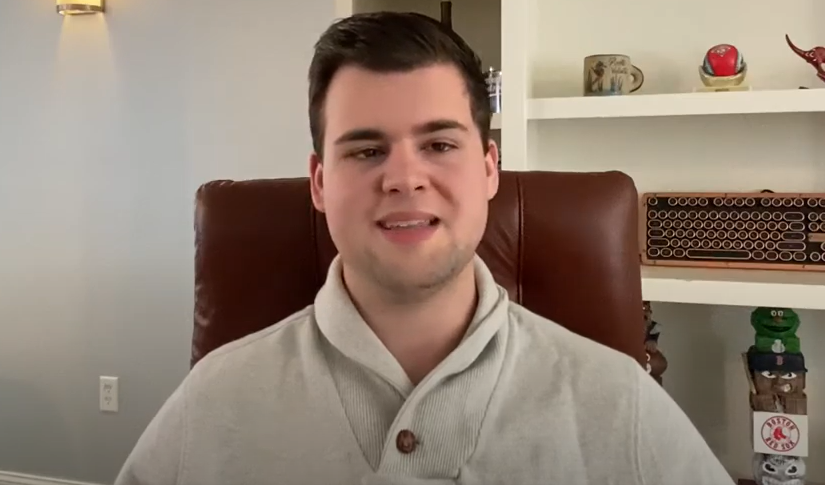
Understanding the provisions of the CARES Act that address Federal student loans can make a difference to borrowers during the COVID-19 pandemic. The bill automatically places these loans in temporary administrative forbearance, and lowers the interest rate to 0% through September of 2020. Today, Matt breaks down what this could mean for borrowers along with some options to consider depending on your financial situation
__
Full Transcript:
Hi, this is Matt Stead, financial advisor at SachettaCallahan. And today I wanted to talk to you about student loans, specifically what’s going on with student loans as it relates to this new CARES Act legislation. Uh, first and foremost, I want to say that everything I talk about is going to apply to federal student loans. So this includes direct Stafford loans, Perkins loans, basically anything issued to the Department of Education. If you have private student loans, I’d recommend reaching out to those lenders and those banks and checking in to see what they’re doing because it may vary from what I talk about in this video. So this new CARES Act legislation essentially did two main things. First, it placed all Federal loans in temporary administrative forbearance, which is essentially a fancy way of saying all automatic payments have been paused on these loans. In addition to that, they also dropped interest rates on all of these loans to 0% and both of those things remain in effect until September 30th of 2020.
So if you’re wondering, you know, what should I do with this information? How does it affect me? I would say there are three, you know, routes we can take here.
1. Financial Relief
First and foremost, if you’re struggling right now financially, if you were laid off, if you are furloughed because of this crisis, use that money and help yourself and help your family get through this time. You know, this was sort of the intent and the spirit behind the law in the first place. So hopefully that should take some financial stress off your shoulders right now.
The other two approaches are for people who are sort of just chugging along financially and not much has changed in regards to their finances.
2. Continue Paying
And the first thing you could do for these people is just continue to pay the loan. Um, you know, because of the 0% interest rate over the next six months, you’re going to save a lot on interest over the lifetime of the loan. And just to give you a brief example, you know, if you had 10 years remaining on your loan and a $30,000 balance. Before it was dropped to zero, you are at 5% interest rate. You could stand to save over $1,200 over the life of the loan if you just continue to pay it like you were.
3. Use The Savings Constructively
The other thing that, you know, people who aren’t struggling too much right now could do is use it for something else. But I’d caveat that by saying, you know, use it constructively. Don’t just roll it into your discretionary monthly spending. Use it for something like paying down other high interest debt. Um, potentially building up an emergency fund or, you know, contribute more to your retirement accounts right now to your 401k, to your IRA. And this could be a great time to do that, especially where the market’s sort of at a much lower point than it was a few months ago.
I would say though, you know, it’s really gonna depend on your situation and how it fits into your financial plan as a whole. So I’d reach out to us and you know, we can work through it together to see what the best approach for you would be. For now, take care. I hope you’re staying happy and healthy through these difficult times. And we’re really looking forward to seeing you on the other end of this. Thanks.
by Matthew Stead
